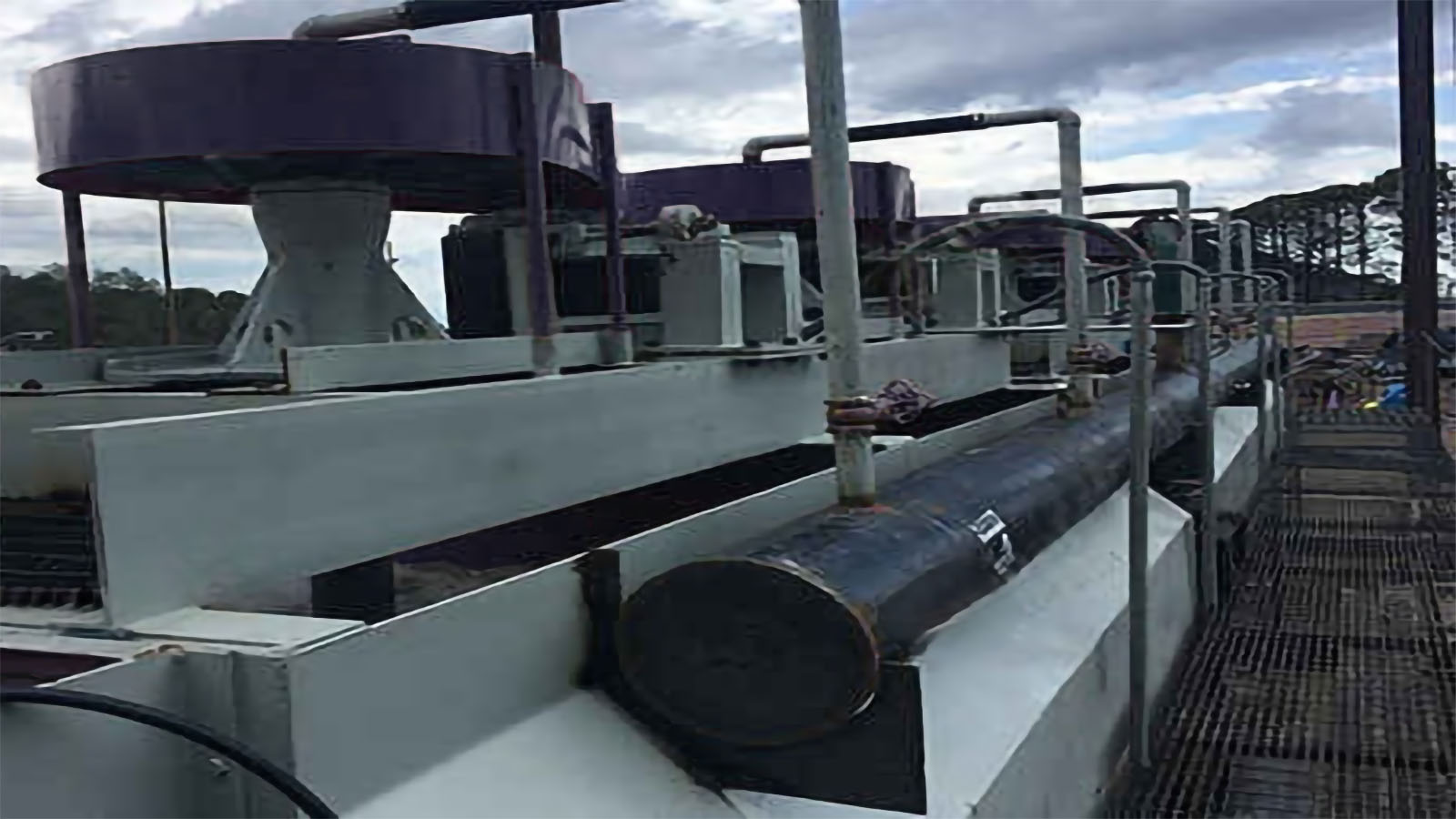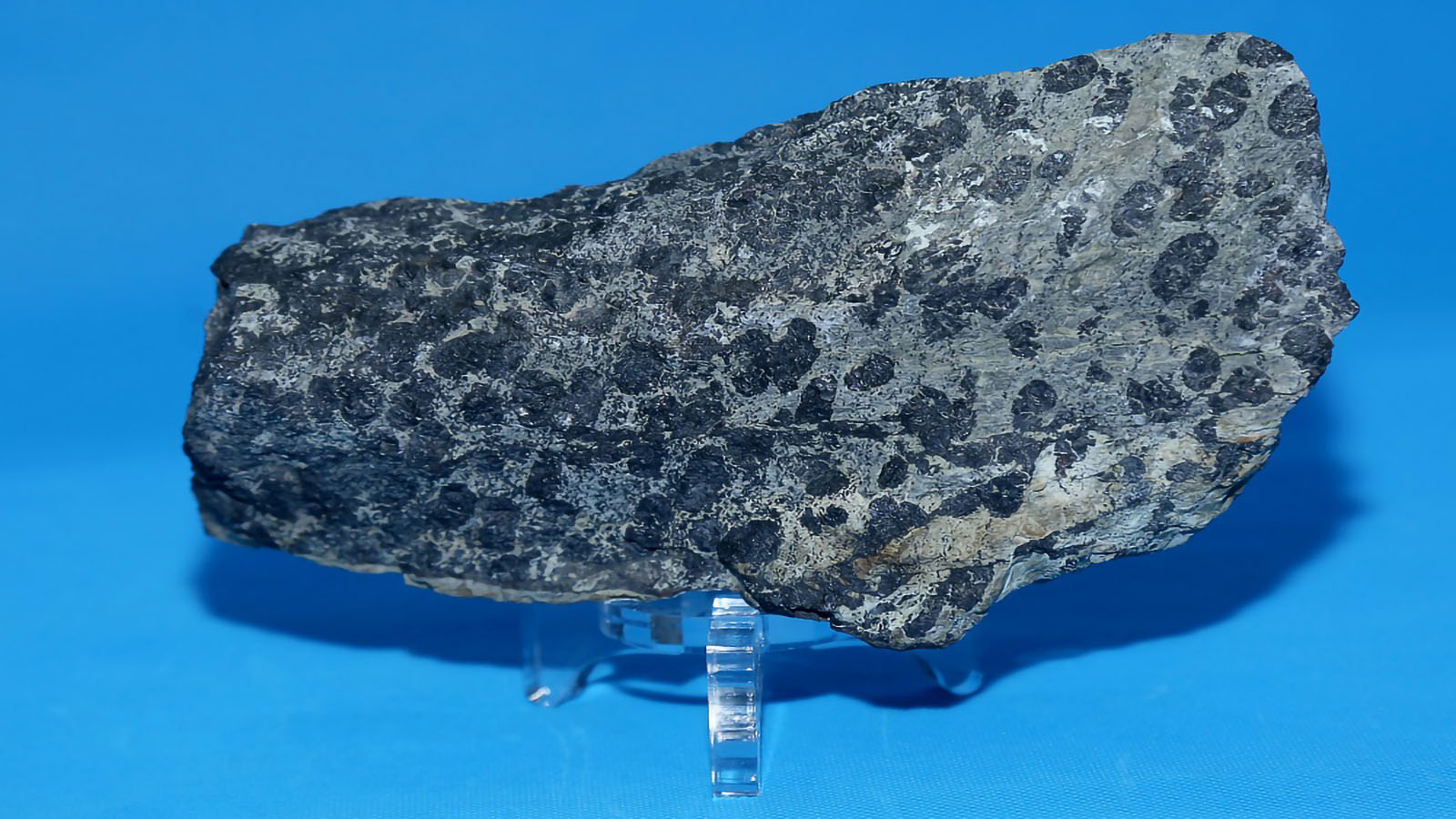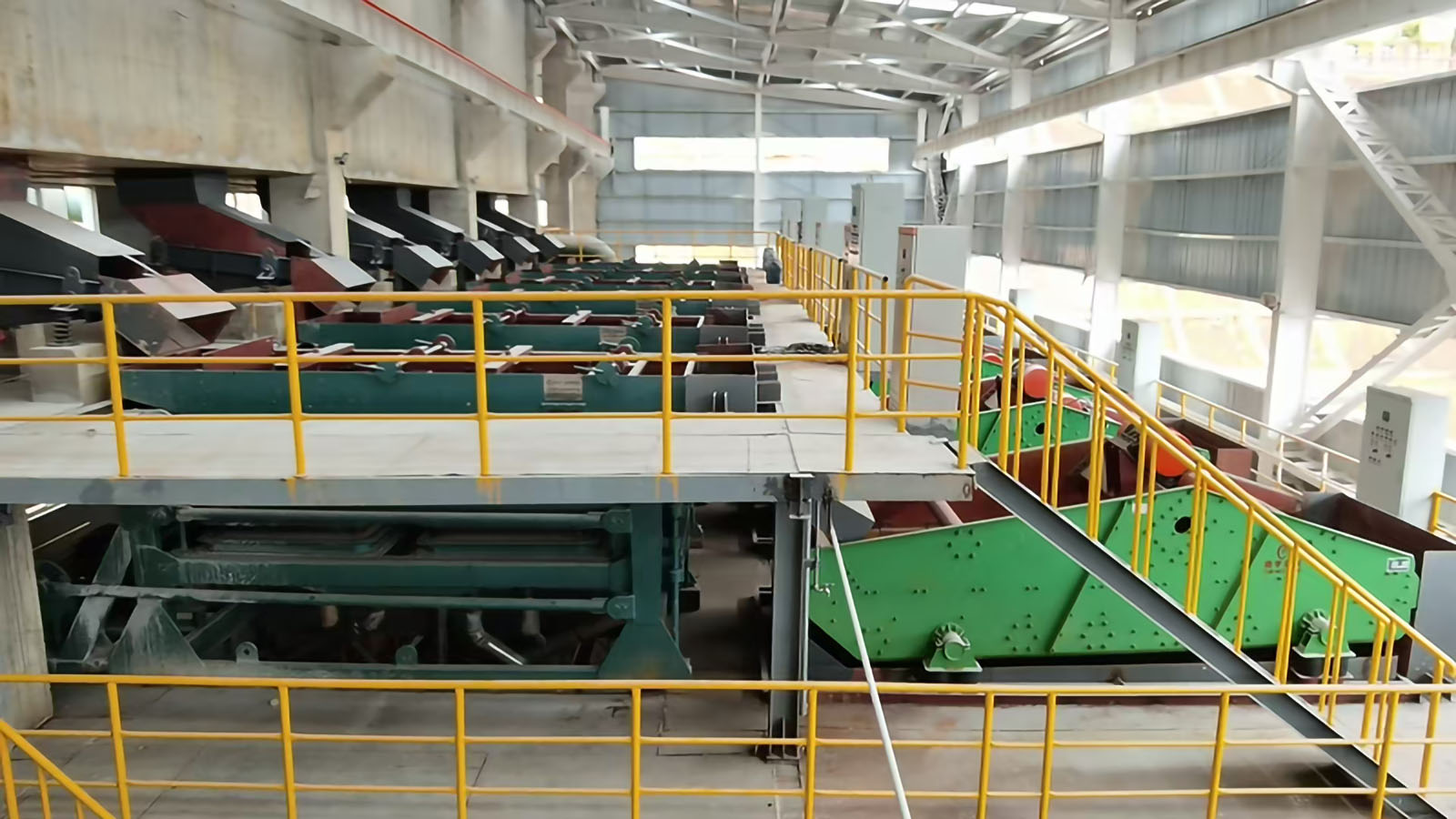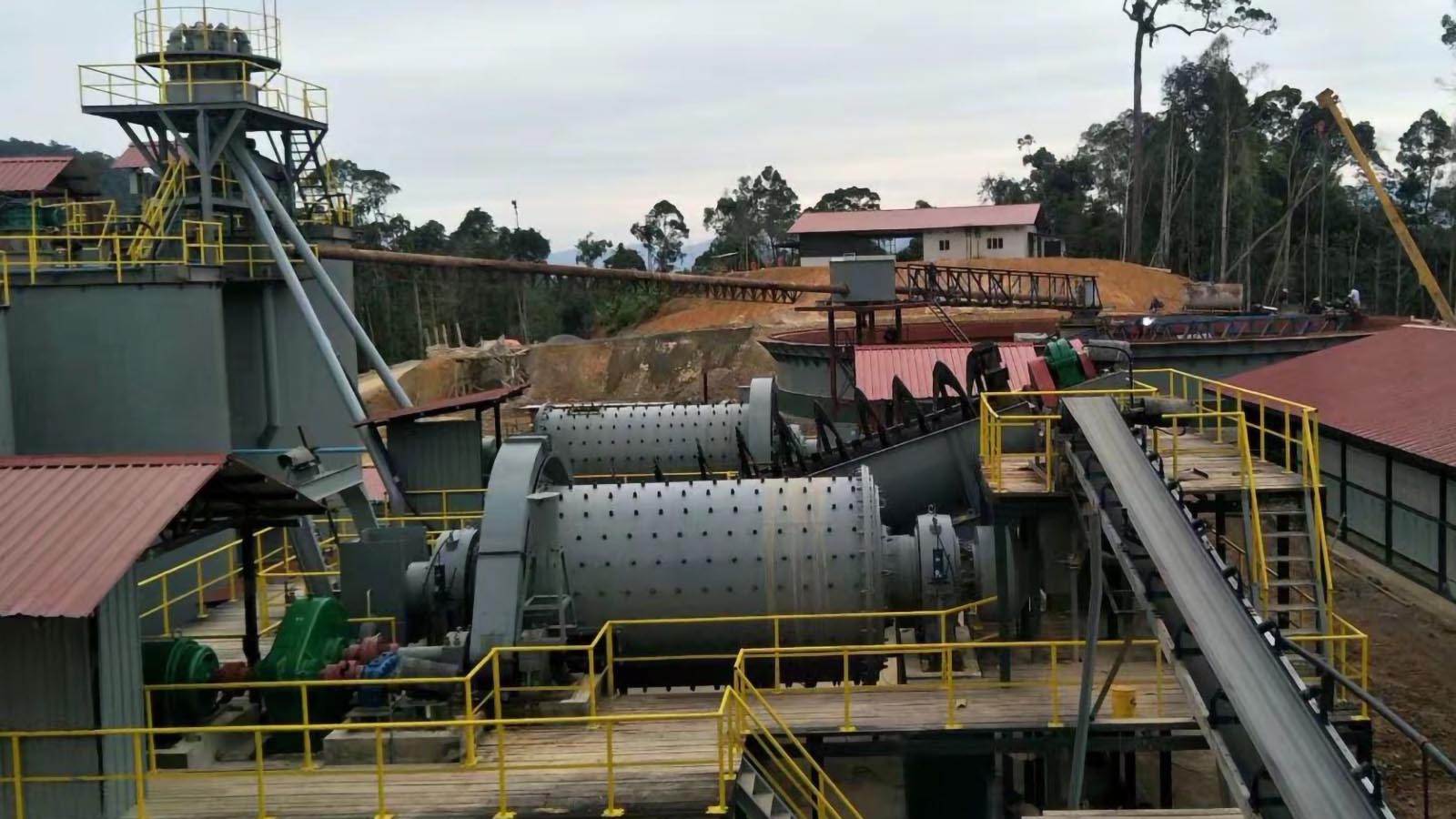
Silver, as an important precious metal resource, primarily exists in nature as sulfides, oxides, or in native form. Notably, over 80% of silver resources occur as associated minerals within lead-zinc polymetallic sulfide ores, frequently appearing as lattice silver, encapsulated silver, or interstitial silver in various fine dissemination states. This complex co-existence relationship presents both recovery challenges and opportunities for simultaneous multi-metal enrichment through comprehensive mineral processing technologies. This article systematically analyzes eight flotation technologies currently applied in the industry for silver-bearing lead-zinc ores, exploring their technical principles, applicable conditions, and application prospects in precious metal recovery.
Silver Occurrence Characteristics in Lead-Zinc Ores
In lead-zinc polymetallic deposits, silver primarily exists in the following forms:
- Independent Silver Minerals: Such as argentite, stromeyerite, and brittle silver ore, these minerals typically have fine particle sizes and account for only 10-20% of the total silver content
- Associated Silver Forms: Existing as lattice substitutions, inclusions, or fine intergranular distributions within galena, sphalerite, pyrite, and other major sulfide minerals, this form accounts for over 80% of total silver resources
- Oxidized Silver Forms: In weathered zones or oxidized ore zones, silver often transforms into secondary minerals such as silver chloride and silver bromide
This complex occurrence state determines that recovering silver resources requires systematic mineral processing techniques, with efficient flotation technologies targeting the main silver-bearing minerals (galena) being particularly crucial.
Mineral Processing Principles for Lead-Zinc-Silver Ores
For silver-bearing lead-zinc ores, flotation has become the primary separation method. This is primarily based on the following principles:
- Galena is the main carrier mineral for silver; by utilizing silver's "lead affinity," simultaneous enrichment of silver and lead can be achieved by optimizing flotation conditions for galena
- Different sulfide minerals exhibit significant surface property differences; through controlling pulp environment and selective reagent combinations, selective separation of various minerals can be achieved
- Associated precious metals typically occur in fine-grained dissemination, requiring fine grinding liberation and specialized reagent combinations for efficient recovery
Based on these principles, various targeted flotation processes have been developed in industrial practice to adapt to different ore properties and economic-technical conditions.
Eight Efficient Flotation Processes and Their Applications
1. Preferential Flotation ProcessPreferential flotation is based on differences in mineral floatability, preferentially recovering one target mineral and then recovering other minerals from the tailings:
- Technical Principle: Using selective depressants (such as zinc sulfate, cyanide, etc.) to depress sphalerite, preferentially floating galena and its associated silver, followed by activation of sphalerite for zinc recovery
- Applicable Conditions: Suitable for ores with coarse dissemination grain size (high proportion >0.074mm), low surface oxidation degree, and distinct floatability differences between lead and zinc minerals
- Advantages: Relatively simple process flow, higher concentrate grade, particularly suitable for ore types where silver is primarily found in galena
- Limitations: Large depressant consumption, poor selectivity for finely disseminated ores, potential precious metal losses
2. Bulk Flotation ProcessBulk flotation involves simultaneously floating lead and zinc sulfide minerals to form a bulk concentrate, followed by separation:
- Technical Principle: First using non-selective collectors (such as xanthates) to float all sulfide minerals forming a bulk concentrate, then separating lead and zinc through depression-activation techniques
- Applicable Conditions: Suitable for low-grade ores with fine dissemination grain size (high proportion <0.045mm), complex mineral composition, and difficult separation by single flotation
- Advantages: Early-stage rejection of large amounts of gangue, reducing grinding and flotation processing volume, decreasing energy consumption, improving separation efficiency
- Limitations: Difficult separation of bulk concentrate, generally lower concentrate grade, requiring more complex subsequent processing
3. Sequential Flotation ProcessSequential flotation is a flotation method that recovers minerals with different natural floatability in stages based on their floatability differences:
- Technical Principle: Under weakly alkaline conditions with only collectors added (no depressants), first recovering minerals with good natural floatability, then adjusting conditions to recover minerals with poorer floatability
- Applicable Conditions: Suitable for ores containing lead-zinc sulfide minerals with distinctly different natural floatability, such as ores with co-existing primary sulfide minerals and secondary oxidized minerals
- Advantages: No forced depression or activation, reducing reagent interference, maintaining original mineral surface properties, low reagent consumption, high recovery rate
- Limitations: Longer process flow, larger equipment investment, higher operational control requirements
4. Asynchronous Flotation ProcessAsynchronous flotation is a more flexible flotation technology developed on the basis of sequential flotation:
- Technical Principle: Unlike traditional processes with rigid sequences, asynchronous flotation creates optimal flotation conditions for lead and zinc in different operation stages, achieving optimal separation effects through pulp diversion and product consolidation
- Applicable Conditions: Suitable for complex mineral compositions, closely associated lead-zinc relationships, and complex polymetallic ores containing multiple silver-bearing minerals
- Advantages: Reduces metal losses caused by lead-zinc mutual inclusion, improves associated precious metal recovery rates, possesses strong adaptability
- Limitations: Complex process control, requiring precise process detection and control systems
5. Branch Flotation ProcessBranch flotation divides the original pulp into multiple streams entering different flotation circuits, improving separation efficiency through concentrate recycling:
- Technical Principle: Dividing the original pulp into several branches, combining the rough concentrate from one branch with the original ore of the next branch, gradually increasing feed grade and improving separation conditions
- Applicable Conditions: Suitable for complex ores with uneven lead-zinc oxidation rates, large grade fluctuations, and difficult adaptation to single process flows
- Advantages: Improves concentrate grade and recovery rate, reduces reagent consumption, low energy consumption, environmentally friendly
- Limitations: Complex process flow, numerous equipment requirements, large infrastructure investment
6. Combined Separation ProcessCombined separation is a comprehensive process combining flotation with other mineral processing methods:
- Technical Principle: Based on differences in mineral physical properties, combining gravity separation, magnetic separation, and other methods with flotation processes to form integrated flows, fully leveraging the advantages of various separation methods
- Applicable Conditions: Suitable for ores with complex mineral compositions, containing multiple types of silver-bearing minerals, where effective separation is difficult to achieve by a single method
- Advantages: Leverages complementary advantages of different mineral processing methods, improving processing capacity and metal recovery rates for complex ores
- Limitations: Long process flow, large equipment investment, complex operation management
7. Potential-Controlled Flotation ProcessPotential-controlled flotation influences mineral surface properties by adjusting the electrochemical environment of the pulp:
- Technical Principle: Controlling electrochemical conditions of the pulp by adding oxidizing or reducing agents, changing mineral surface properties to achieve selective separation
- Applicable Conditions: Suitable for difficult-to-separate ores with non-distinct surface property differences where conventional reagents struggle to achieve effective separation
- Advantages: Low reagent consumption, good selectivity, minimal environmental pollution, special effectiveness for certain difficult-to-separate minerals
- Limitations: Limited industrial application experience, difficult potential control, high equipment requirements
8. Native Potential-Controlled Flotation ProcessNative potential-controlled flotation utilizes naturally occurring oxidation-reduction substances in the pulp system to influence flotation effects:
- Technical Principle: By controlling the concentration and activity of dissolved oxygen, metal ions, and other components in the pulp, utilizing electrochemical interactions between sulfide minerals to influence mineral surface properties
- Applicable Conditions: Suitable for complex ores with multiple co-existing sulfide minerals, especially complex lead-zinc ores with diverse silver-bearing minerals
- Advantages: Utilizing natural electrochemical interactions between minerals, reducing external reagent consumption, improving selectivity, environmentally friendly
- Limitations: High requirements for pulp condition control, difficulty in optimizing process parameters
Key Factors in Flotation Process Selection
For silver-bearing lead-zinc ores, selecting appropriate flotation processes requires consideration of the following key factors:
- Ore Dissemination Characteristics: Mineral particle size, liberation degree, co-existence relationships directly affect process selection
- Mineral Surface Properties: The ratio of primary minerals to oxidized minerals and surface activation/passivation states affect reagent effectiveness
- Associated Silver Occurrence Form: Whether independent silver minerals or silver-bearing sulfides determines the recovery pathway
- Production Scale and Economic Conditions: Different processes have significant differences in investment costs, operating costs, and recovery benefits
- Environmental Requirements: Environmental factors such as reagent toxicity, tailings treatment difficulty, and water resource recycling are increasingly important
Future Development Trends in Flotation Processes
With technological advancement and increasing environmental requirements, silver-bearing lead-zinc ore flotation processes are showing the following development trends:
- Green Mineral Processing Technology: Development of low-toxicity, low-consumption, high-efficiency reagent systems, reducing environmental impact
- Intelligent Control: Intelligent regulation systems based on real-time monitoring of pulp characteristics, improving process stability
- Pretreatment Technology Innovation: New pretreatment methods such as microwave, ultrasonic, and electrochemical techniques improving mineral surface properties
- Multi-method Synergy: Collaborative application of flotation with bioleaching, enhanced gravity separation, and other new technologies
In conclusion, efficient processing of silver-bearing lead-zinc ores requires selecting the most suitable flotation process or process combination based on ore characteristics. With continuous innovation and optimization of mineral processing technologies, the recovery efficiency of associated silver will continue to improve, providing strong support for efficient comprehensive utilization of mineral resources.
Related News

Industrial Value and Advanced Beneficiation Technologies of Chromite Resources

Optimizing Iron Ore Gravity Separation: Innovative Methods for Enhanced Efficiency and Recovery Rates
